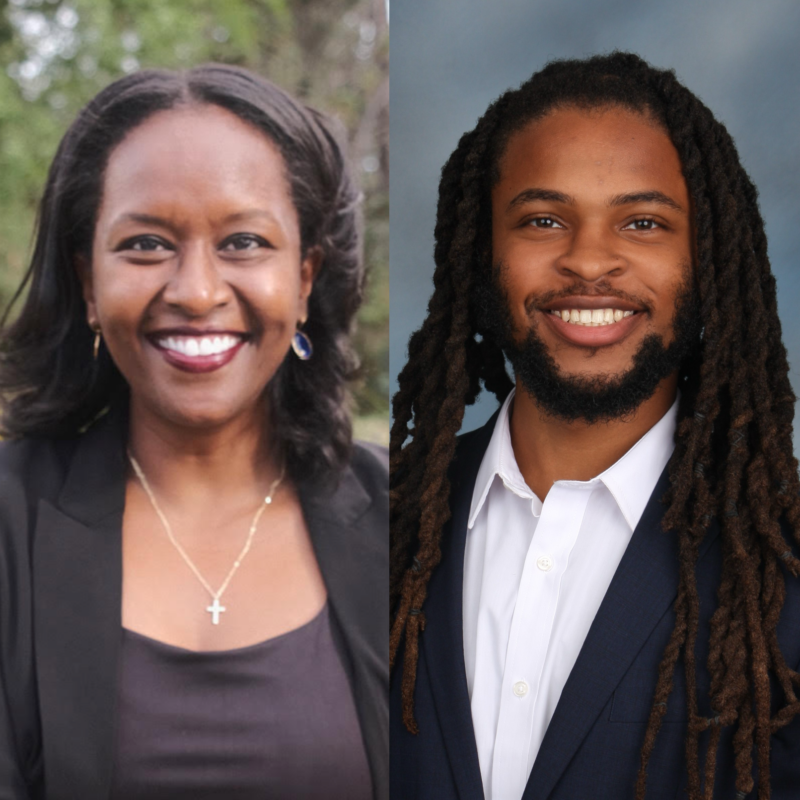Equity Across Borders: Insights for Educational Pipelines
by Meseret F. Hailu
Assistant Professor, Louise McBee Institute of Higher Education, University of Georgia
William Redding
Ph.D. student, Louise McBee Institute of Higher Education, University of Georgia
Equity in educational systems is a priority for many stakeholder groups across the globe. As equity-minded scholars, we have been thinking and writing about how equity is enacted in university systems in Kenya, Rwanda, Uganda, and the United States for many years. We define equity as a commitment to ensuring that educational opportunities are accessible to all people through intentional policies and practices. In most settings, the enactment of equity requires a critical response to the legacies of multiple forms of marginalization, including racism, settler colonialism, and sexism. In this blog post, we draw from the current work of education policy and comparative researchers and posit that equity should inform the way education operates across the educational pipeline. Specifically, we argue that equity should be an intrinsic part of curriculum development, educational reform, and collegiate student wellbeing across P-20 education systems across the globe.
In K-12 (primary and secondary) systems, equity must be foregrounded in curriculum development and stakeholder decision-making about educational reform. In many national contexts, curriculum also needs to be responsive to economic development priorities. To this end, Mmantsetsa Marope defines development as the constant and sustained growth of a country that results in a more desirable state of being and quality of life for its citizens. However, it is essential to know that progress requires the right tools. Building a comprehensive curriculum that considers equity is one of the most important tools that can be used to further enable development. Curriculum, Marope suggests, may be the backbone to stronger and more equity-oriented education because curriculum is how educational institutions decide what is important for people to know and how to apply it. If education is a mechanism for human flourishing that leads to development, then education must have curricula with equity at its core. Meanwhile, the work of Gita Steiner-Khamsi shows that as educational attainment has increased globally, historically marginalized populations have had the chance to attend K-12 schools at greater numbers. Since this shift has been financially costly, many governments have experimented with different financial and management models, including privatization. Steiner-Khamsi points out that once a high-income country adopts a policy, then it begins to quickly proliferate to many other places. Considering this sort of policy diffusion of educational reform, education stakeholders must consider not just the temporal dimension of policy implementation, but the cultural and local context as well. Similarly, Patricia Bromley, one of the principal investigators of the World Education Reform Database, argued how education policy signals a government’s priorities. To this end, Bromley explained: “…the text of the policies, or discourse, is important … because it tells us what sort of legitimate goals are. These are public facing, and especially internationally public facing reports of what countries intend to do. So, that’s giving us insight into what are countries saying is the right thing to do in education, regardless of whether they’re doing it or not?” Bromley’s work suggests that various governments may be rhetorically advocating for a popular policy, without necessarily implementing it on the ground. When considering the importance of equity, it is important that policy goes beyond rhetoric and impacts day-to-day practice.
Furthermore, in higher education spaces, equity must be foregrounded in discussions of student wellbeing and educational access. Race is especially important to consider because racial discrimination has adverse effects on educational outcomes. To further illustrate this, Janelle Scott and Monisha Bajaj suggested that only through concepts of racialization and racial formation can we truly begin to enact changes in education. Racialization is the process of how people are grouped into racial categories, often resulting in political, social, and economic stratification. In many contexts, racialization influences what kind of education people have access to. Similarly, in their discussion of how the Black Lives Matter (BLM) movement has shaped activism and educational change in different countries, Sharon Walker and Krystal Strong describe how anti-Blackness and White supremacy are widespread ideologies that impact collegiate student experiences well beyond the United States. At the same time, Walker and Strong explain that transnational movements like BLM–since they are sites for knowledge production–can help us imagine new ways of imagining Black life and create more equitable conditions for Black people. The points raised by Walker and Strong intersect with scholarship from Tichavakunda and Okello, both of whom write about the necessity of understanding Black joy, wellbeing, and thriving in postsecondary settings. Overall, the scholarship of scholars such as Marope, Steiner-Khamsi,Bromley, Scott, Bajaj, Walker, and Strong point to the possibilities of equity-focused education. In contemporary times when technology is rapidly changing and political conflicts spill over into education, equity should be an anchor for schools and universities.
November 1, 2024








